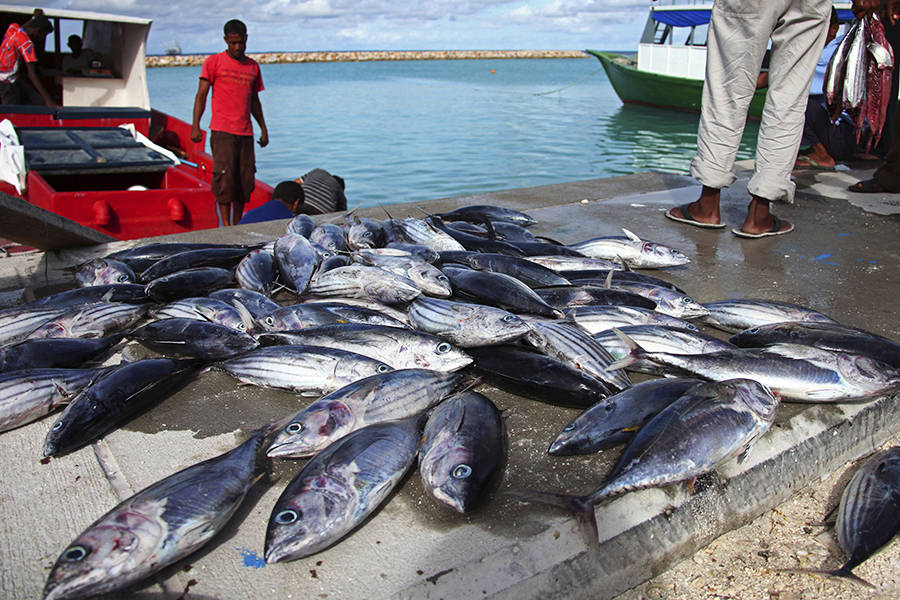SOURCE: Inside Climate News
DATE: April 24, 2019
SNIP: Sea creatures, especially those that live in shallower water near the coasts, are much more vulnerable to global warming than land animals, new research shows. The scientists found that local populations of marine animals are disappearing at double the rate of land-based species.
That’s because marine animals like fish, crabs and lobster are already more likely to be living near the threshold of life-threatening temperatures, and because in the ocean, there are fewer places to hide from extreme heat, said Malin Pinsky, lead author of a new study published Wednesday in the journal Nature.
“These results are stunning, in part because the impacts of climate change on ocean life were virtually ignored just a decade ago,” said Pinsky, an ocean researcher at Rutgers University. The study took a close look at cold-blooded marine species whose body temperatures are dependent on their surroundings.
“We already know terrestrial species are highly vulnerable to climate change,” he said, “and now we see that marine species are even more vulnerable.”
“We’re heading into uncharted territories. We’re already seeing species disappear from places they’ve been for generations and longer,” Pinsky said.
For example, damselfish and cardinalfish, two small species that live on coral reefs, already live near their thermal limits and have started to disappear from some areas, which contributes to the overall decline of coral reef health.
Of the marine species they studied, 56 percent experienced a range contraction due to global warming, compared to 27 percent of the land species.
Fish species won’t be able to evolve fast enough to keep up, so the likely impacts include significant local extinctions that would leave some coastal communities in developing countries scrambling to feed themselves, he added.

